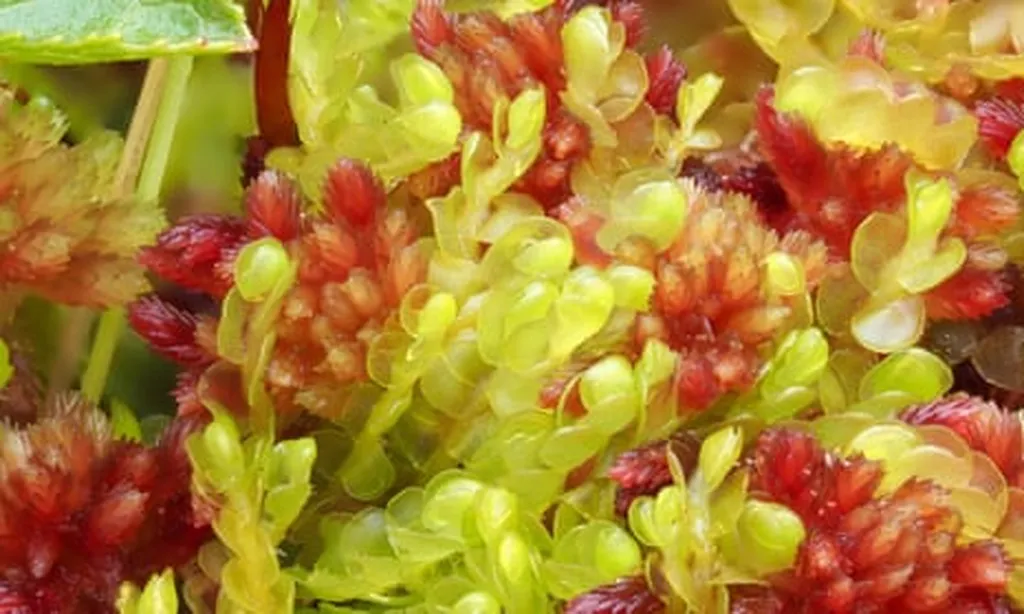In the face of rapid societal changes and relentless climate shifts, the stability of coastal ecosystems has become a pressing concern. A recent study published in *Diversity* sheds light on the future of vegetation vulnerability along South Africa’s coastline, offering critical insights for agriculture and land management. Led by Minru Chen from the Key Laboratory of Environment Change and Resources Use in Beibu Gulf at Nanning Normal University, the research delves into how different socioeconomic pathways could reshape the coastal landscape.
The study focuses on a 20 km buffer zone extending inland from South Africa’s coast, analyzing vegetation vulnerability under various Shared Socioeconomic Pathway (SSP) scenarios. These scenarios—SSP1-2.6, SSP2-4.5, and SSP5-8.5—represent different trajectories of global development and emissions. By comparing current conditions (2010–2020) with near-term (2030–2059) and long-term (2070–2099) projections, the researchers identified stark spatial differences in vegetation vulnerability.
“Extremely vulnerable areas are predominantly found on the west coast of South Africa, with some regions showing high–high aggregation patterns,” Chen explained. “This means that certain areas are at a higher risk of ecological degradation, which could have significant implications for agriculture and land use planning.”
The study reveals that under the SSP1-2.6 scenario, vegetation vulnerability remains relatively stable in the near term but rebounds significantly in the long term. In contrast, the SSP2-4.5 scenario shows an increase in vulnerability in both the near and long term, indicating a rising risk. The most alarming findings come from the SSP5-8.5 scenario, which predicts a marked deterioration in vegetation health, with a heightened risk of shifting to high vulnerability levels.
For the agriculture sector, these findings are particularly concerning. The research highlights that cultivated land and forest land are especially susceptible to increased vulnerability, driven by agricultural intensification and climate stress. “Under high-emission scenarios, the proportion of vegetation shifting to extremely and severely vulnerable levels is notably high,” Chen noted. “This could lead to reduced crop yields, increased pest outbreaks, and greater challenges in maintaining sustainable agricultural practices.”
The study’s use of GIS spatial analysis and the Moran index provides a robust framework for understanding these trends. By mapping the spatiotemporal evolution of vegetation vulnerability, the research offers valuable decision support for future development and protection efforts in South Africa’s coastal zones.
As the world grapples with the impacts of climate change and socioeconomic shifts, this research underscores the need for proactive measures to safeguard coastal ecosystems. For the agriculture sector, it serves as a wake-up call to adapt land use practices and invest in resilient farming techniques. “Understanding these trends is crucial for developing strategies that can mitigate the risks and ensure the long-term stability of our coastal environments,” Chen concluded.
By providing a detailed analysis of vegetation vulnerability under different scenarios, this study not only advances our scientific understanding but also paves the way for informed policy and practical applications in agriculture and land management.

